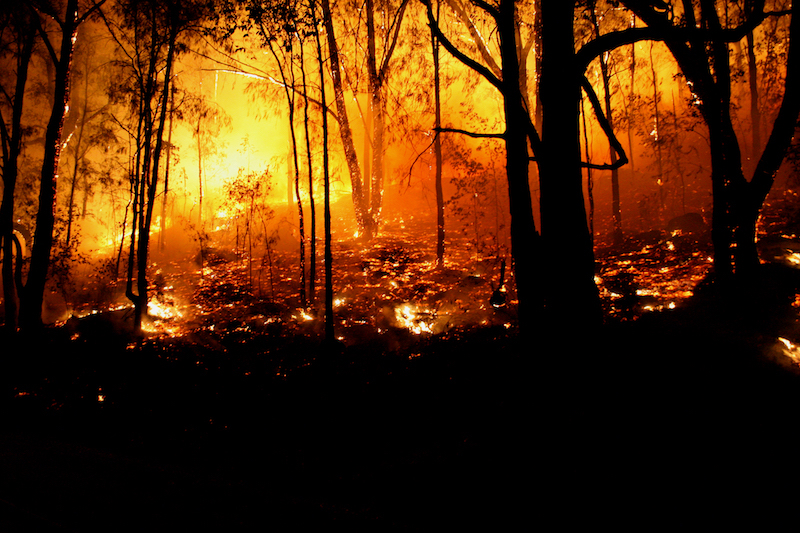Before a bushfire
The best time to prepare for a bushfire is before the bushfire season starts.
People living in bushfire-prone areas should take steps to minimise their risk and prepare a bushfire plan – include evacuation and communication plans and a disaster supply kit.
Local fire services – rural and metropolitan – can provide guidelines on how to best prepare your property for bushfire season.
This includes practical measures such as trimming trees and shrubs, mowing grass and removing cuttings, removing materials that can burn around your home, clearing debris from gutters and ensuring you have hoses and a reliable source of water.
Before bushfire season you should also:
- Inspect your property and take practical steps to reduce risk such as cleaning your gutters, keeping lawns and gardens maintained and cleaning up green waste items around the property.
- Use a building and contents insurance calculator to ensure your insurance cover adequately covers estimated costs to repair, rebuild or replace home and contents, vehicles and any outbuildings on your property in event of a disaster.
- Prepare a room-by-room inventory of the contents of your home. This list helps determine if your assets are adequately protected and can save time when making a claim.
- Review all building, contents, and landlord insurance policies. Make sure you understand what cover you have, as well as any exclusions or limits that may be a part of your insurance policy. It is important to be aware of these exclusions and to query your insurer about any part of a policy you do not understand.
- Ensure you are covered now before bushfire threats are heightened, as some insurers may place a temporary embargo on the purchase of new policies if bushfires are imminent.
Terms to take note of
While every policy is different, there are some insurance terms, exclusions and conditions to be aware of in household insurance policies. These include:
- Embargoes or no coverage for a set time at the start of a policy.
- No cover for loss or damage where no flame damage has occurred, such as scorching, melting, heat, smoke, ash or soot.
- Coverage for a burning building within a specified distance of your home.
- Loss mitigation clauses, such as taking all reasonable precautions:
- For the safety and protection of your building and the site.
- To prevent injury or damage to your building or property.
- To ensure compliance with all statutory obligations, bylaws or regulations imposed by any public authority relating to the safety of persons or property.
Ask your insurer for clarification if you need to.
During a bushfire
If you live in a bush fire-prone area you should know the fire danger rating each day during bushfire season.
If a fire is approaching you should enact your disaster plan, leaving early if possible and taking your disaster supply kit and pets with you.
There are practical steps you can take to stay safe and minimise damage to your property during a bushfire, including turning off the gas supply, clearing leaves, twigs, bark and other debris from the roof and gutters and moving flammable items – such as woodpiles, paper, boxes, crates, hanging baskets and garden furniture – away from your home.
You should stay informed and listen to local authorities, emergency services and ABC local radio for updates.
It is usually too late to check your insurance cover, or buy a policy, once a bushfire is heading towards your property.




